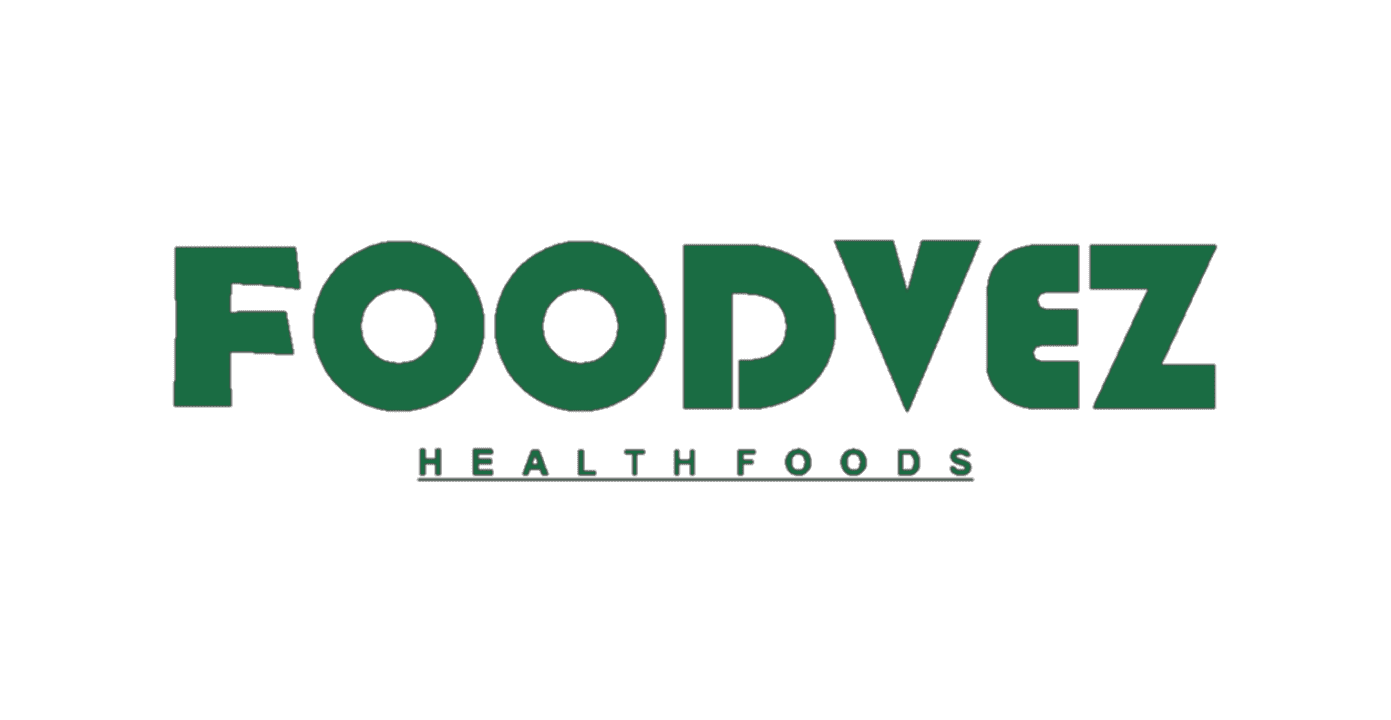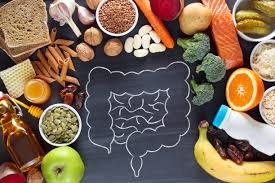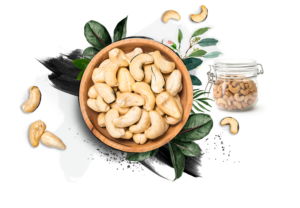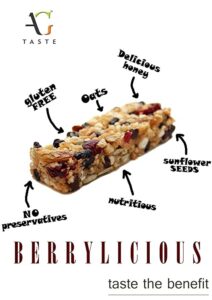Dietary fiber a cause or relieve?
Constipation is one of the common problems in every household these days that affects up to 20% of the population every year. As bathroom habits may vary from person to person, it gets difficult to define the exact meaning of constipation. However, if you undergo less than three bowel movements every week, your stools are dry and difficult to get through, and you’re addressed to be constipated. Constipation is not a disease but a symptom of some serious medical adversity that causes chronic constipation.

What is Dietary fiber?
Fiber is essential for a healthy diet! You should eat more fiber! You have probably gone through these things before. But do you know what day to fiber is and how it affects your health? Dietary fiber also known as bulk or roughage is mainly found in vegetables, whole grains, and fruits. It is found to be the best solution to prevent or relieve constipation naturally. These foods are rich in fiber has a lot of health benefits as well. From aiding to maintain a healthy weight to lowering the risk of diabetes and maintaining a proper blood sugar level it also helps in preventing some types of cancer. Dietary fiber includes the edible parts of plants that cannot be easily digested. Fiber is in almost all the plant foods like nuts, seeds legumes, fruits, and vegetables. This fiber can also be found in the form called chitin in the shells of crab, lobster, and shrimp.

However, all fiber is not the same. Some fibers are soluble in water while others are insoluble. Soluble fiber helps in absorbing the nutrients from the food and slowest down digestion. While insoluble fiber flows water into and adds volume to your stool. This helps in passing the stool more quickly through the large intestine.
The best fiber to relieve constipation!
Most plant foods carry some kind of fiber. Soluble fiber includes dry beans, oats, rice bran, citrus foods, apple, strawberries, peas, and potatoes. Foods rich in insoluble fiber include wheat bran, whole grains, seeds nuts, cereals, and the skin of some fruits and vegetables. The insoluble fiber helps to draw water into and adds bulk to your stool helping to pass it more quickly through the intestines. This helps to reduce the chances of constipation and acts as a relief. The insoluble fiber found in citrus fruits helps to stimulate the growth of colonic flora which adds up the volume of the stool and the number of bacteria.
Significance of Roughage or High-Fiber Diet!

- Easy Bowel Movement- Proper dietary fiber at the volume to the stole softens it. The heavyweight stool is considerably easy to pass which reduces the chance of constipation. In case of loose motion, fiber may also help to solidify the stool because it absorbs water from it and adds back volume.
- Maintains Bowel Health – high fiber lower suggests hemorrhoids and small pouches in your diverticular diseases. As per research high fiber diets also lowest the risk of some types of cancer like colorectal cancer.
- Controls the blood sugar levels –For diabetic people soluble fiber can slow down the rate of absorption of sugar and helps to maintain proper blood sugar levels. A nutritious diet that includes insoluble fiber also reduces the risks of diabetes.
- Healthy lifestyle – High fiber food item makes you feel more fill than low fibred foods. As your appetite reduces, you are likely to consume less. This in return helps you to reduce weight and makes you stay satisfied for longer ultimately promoting a healthy lifestyle.
Best Dietary fiber choices
Dietary fiber should be consumed every day as it boosts your health as a whole. Some of the choices are;
- Whole-grain products
- Fruits
- Vegetables
- Nuts
- Flaxseeds
- Legumes (beans and peas)
Refined foods such as Tetra pack juices, canned fruits, and other food alternatives are lower in fiber. As the grain refining process removes the bran from the outer coat of the grain it reduces the fiber content. Foods enriched with vitamins and irons which are added back after processing do not contain any fiber.
Tips and tricks for Fiber Addition
Trying to find a way to add more fiber to your snacks and meals? Here’s your chance.
- Whole grains – Switching to whole grains is an effective plan to add up more fiber to your diet. Go for bread with whole wheat or whole wheat flour or any other whole grain as the first ingredient mentioned on the label must have at least 2 grams of dietary fiber per serving. Switch over to brown rice, barley, bulgur wheat, etc.
- Consume legumes – Leaning on legumes such as beans, peas, and lentils is an excellent choice for including dietary fiber in your snacks and meals.
- Change your baking regime- Substitute whole grain flour with white flour while baking. Add crushed wheat bran and uncooked oatmeal to cakes and cookies.
Summary

Dietary fiber known as roughage is extremely nutritious and helpful to people troubled by constipation. It is recommended to go for high fiber foods such as fruits and vegetables, wheat bran, and other legumes. However, adding too much fiber can lead to intestinal gas and abdominal bloating resulting in painful cramps. A proper amount of fiber in your diet allows the natural bacteria in your digestive system to adapt to the change. Drinking plenty of water is equally important as fiber acts best when it absorbs water, making the stool bulky.




